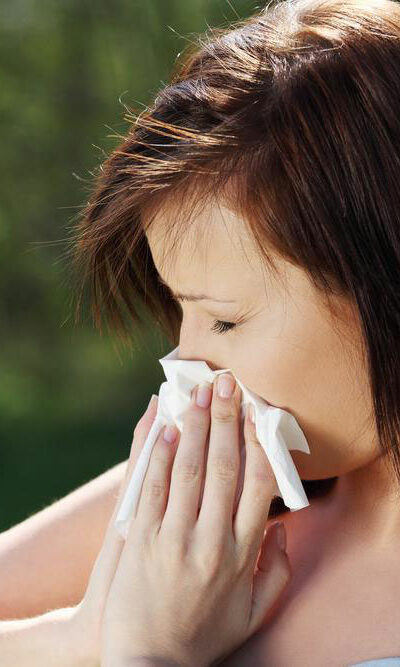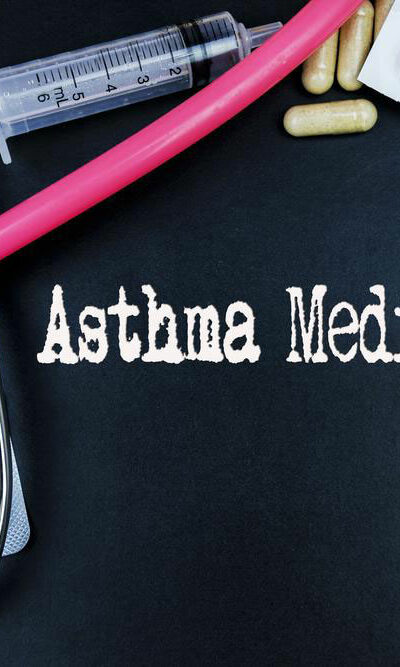
Use These 5 Home Remedies to Treat Eczema
Atopic dermatitis, or eczema, is a skin condition that results in red and itchy skin. This skin condition is common in children, but it can occur at any age. Chronic eczema can flare periodically and can be accompanied by fever and asthma. It has a wide range of symptoms including dry, red, and itchy skin; small, raised bumps that leak fluid when scratched, and thickened and cracked skin. The symptoms usually appear before the age of 5 and can persist in adolescence and even adulthood. Apart from taking medications and treatments prescribed by dermatologists and doctors, there are home remedies that can be used to treat mild to moderate symptoms of eczema. Some of these are mentioned below: Bleach Bleach has anti-inflammatory and antibacterial effects, which can help in improving eczema symptoms. It is known to kill S aureus, a type of bacteria that causes staph infection on the surface of the skin. It also helps in restoring microbiomes on the skin surface. Dermatologists recommend using half a cup of bleach in a tub full of water. You can soak yourself for up to 10 minutes, and then rinse it thoroughly with warm water. Gently pat the skin dry and apply moisturizer to avoid itchy skin. Aloe Vera gel The gel is derived from the leaves of the aloe plant. It has been in use for centuries to treat a number of ailments, one of which is eczema. Aloe Vera gel contains antibacterial, antimicrobial, wound-healing, and immune-boosting properties that can prevent skin infections. Aloe Vera gel can be purchased from a pharmacy or it can be extracted directly from the leaves of the aloe plant. Make sure to check the gel bought from the store as it can have drying ingredients and preservatives that can worsen the eczema symptoms. Coconut oil It contains healthy fatty acids that can lock the skin moisture and prevent it from getting dry.










